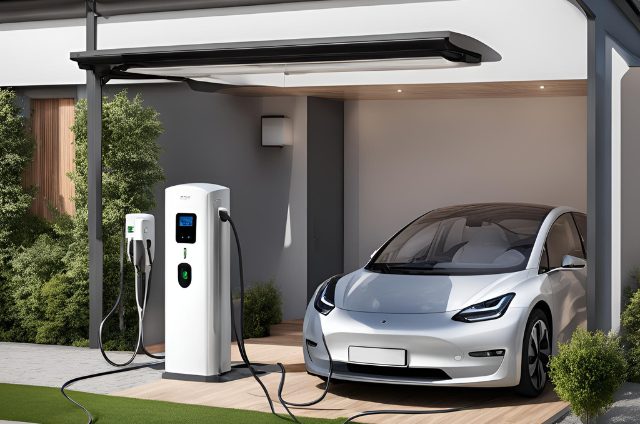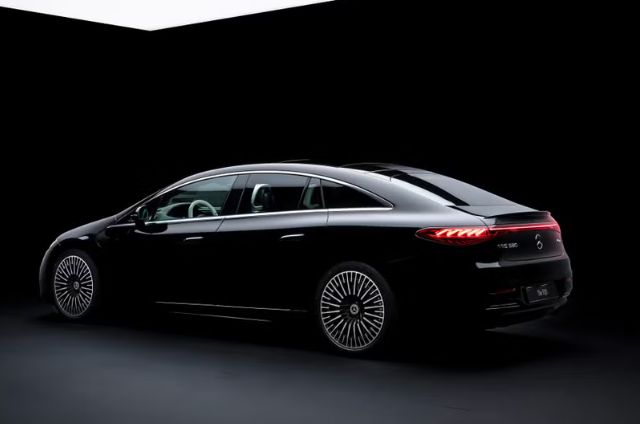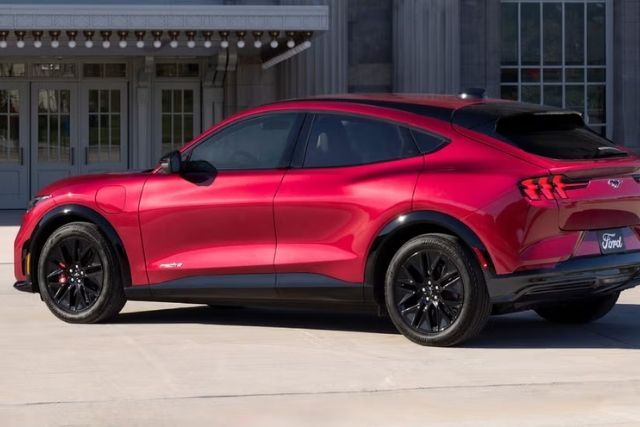Future-Proofing Starts Before You Plug In
Even without an electric vehicle in the driveway, it’s smart to plan ahead. One Redditor asked if they should install a charger or just run a 240V line while upgrading their home’s electrical system. The community was quick to weigh in—with expert-level insight.
Start with a 240V Line
The consensus? Definitely install a 240V line now. It’s low-cost to do during other electrical work and gives you flexibility later. A common option is a NEMA 14-50 outlet, which works with many EVs across brands in the U.S., including Tesla (with an adapter), Ford, and Chevy.
Pro tip: Skip cheap outlets. Go for high-quality, industrial-grade options to avoid fire hazards and overheating issues.
Why 50 Amps Makes Sense
While some drivers can get by with a 20-amp setup, most Reddit users recommended 50 or 60 amps. It’s not much more expensive when you’re already paying for labor. A 50-amp line enables 40-amp charging—plenty for overnight top-ups even with a larger EV.
Planning to get two EVs later? A higher-capacity circuit now could avoid costly upgrades down the road. Plus, charging faster during off-peak electricity hours means more savings.
Installation Tips for U.S. Homes
- Use 6 AWG wire for 50/60 amps and run it in conduit for future flexibility
- Keep the wire termination clean and capped until ready to install the charger
- Consider a smart panel to avoid a full service upgrade if your home has 100-amp service
- Know your local codes—many U.S. cities require GFCI protection on EV outlets
Think Long-Term, Charge Smarter
You don’t need to own an EV to prepare for one. A few smart choices now—like a 240V, 50-amp line—can make all the difference later. It’s the kind of upgrade you only do once, but it’ll pay off for years.



